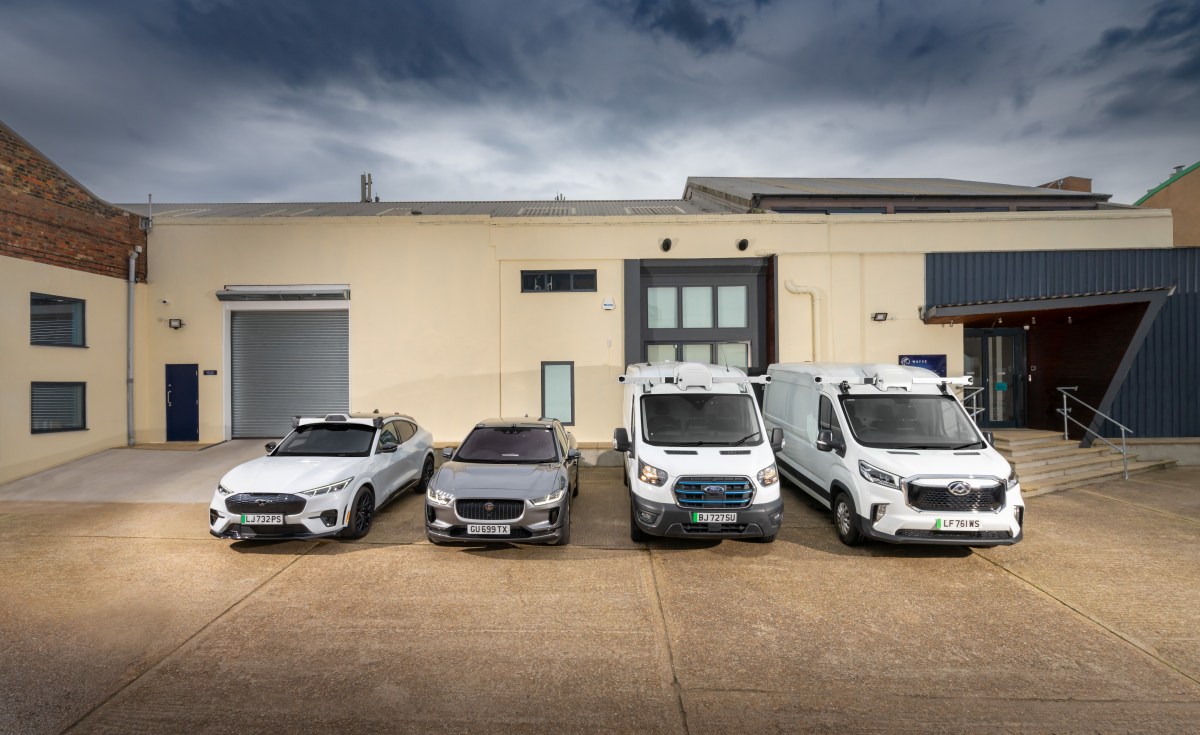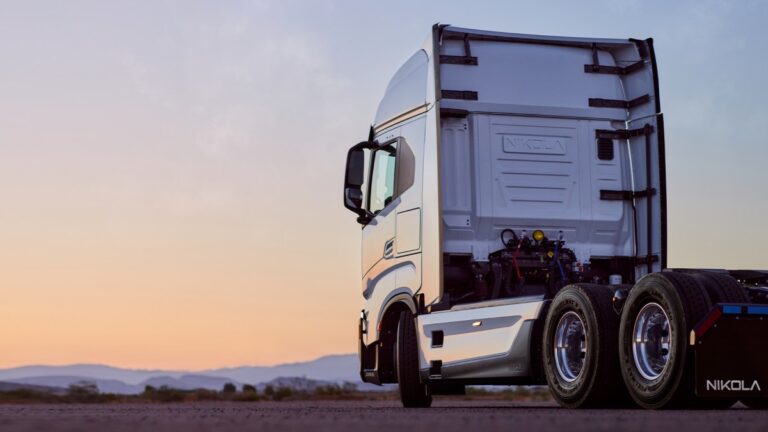Wayve CEO Reveals Essential Strategies for Scaling Autonomous Driving Technology
Wayve, an innovative autonomous vehicle startup co-founded by CEO Alex Kendall, is poised to revolutionize the self-driving car market. The company aims to provide a unique automated driving solution that is not only cost-effective but also adaptable to various applications, including advanced driver-assistance systems (ADAS), robotaxis, and robotics.
Wayve’s Vision for Autonomous Driving Technology
During Nvidia’s GTC conference, Kendall outlined Wayve’s strategic approach, which is centered around an end-to-end data-driven learning model. This cutting-edge system utilizes a range of sensors, such as cameras, to perceive its environment, allowing it to make real-time driving decisions without relying on traditional HD maps or rules-based software.
Investor Confidence and Partnerships
Since its inception in 2017, Wayve has raised over $1.3 billion in funding within just two years. The startup plans to license its self-driving software to automotive manufacturers and fleet operators, including major players like Uber. While specific partnerships have yet to be announced, a spokesperson confirmed that Wayve is engaged in “strong discussions” with several Original Equipment Manufacturers (OEMs) to integrate its technology into a variety of vehicle types.
Cost-Effective Solutions for OEMs
Wayve’s commitment to affordable solutions is critical in attracting OEM partnerships. According to Kendall, the technology can seamlessly integrate with existing sensor setups, which typically include surround cameras and radar, meaning no additional hardware investments are necessary for manufacturers.
Furthermore, Wayve’s software is designed to be silicon-agnostic, allowing it to operate on the GPUs that OEMs already have in their vehicles. However, the current development fleet utilizes Nvidia’s Orin system-on-a-chip for enhanced performance.
Importance of Advanced Driver-Assistance Systems (ADAS)
Kendall emphasized the significance of entering the ADAS market as it helps build a sustainable business model and enables large-scale distribution. This strategic move will also allow Wayve to gather invaluable data necessary for training its systems to achieve higher levels of autonomy.
Level 4 Autonomy Explained
Level 4 autonomy refers to a system capable of navigating an environment independently under specific conditions without human intervention. Wayve aims to commercialize its technology starting at the ADAS level, intentionally designing its AI to operate without lidar—a technology that uses laser light to create precise 3D maps, typically considered essential by other Level 4 developers.
Comparing Wayve to Tesla’s Approach
Wayve’s methodology shares similarities with Tesla’s focus on an end-to-end deep learning model for self-driving capabilities. Like Tesla, Wayve seeks to leverage widespread ADAS deployment to collect critical data for achieving full autonomy. However, a key difference lies in the sensor suite: while Tesla relies solely on cameras, Wayve is open to integrating lidar as a means of reaching near-term full autonomy.
Future Innovations: GAIA-2
Kendall also introduced GAIA-2, Wayve’s latest generative world model designed for autonomous driving. This model facilitates learning from extensive real-world and synthetic data across varied tasks. By processing video, text, and other actions in tandem, Wayve’s AI driver exhibits more adaptive and human-like driving behaviors.
“What excites me is the human-like driving behavior that emerges from our data-driven approach,” Kendall noted. This innovative system is designed to handle complex and diverse driving scenarios without relying on pre-coded behaviors or infrastructure.
Shared Philosophies in the Autonomous Vehicle Space
Wayve’s vision aligns closely with that of Waabi, another autonomous trucking startup that is also pursuing an end-to-end learning system. Both companies emphasize the importance of scaling data-driven AI models capable of generalizing across different driving environments, utilizing generative AI simulators for technology testing and training.
For more insights into autonomous vehicle technologies and developments, visit TechCrunch or explore our related articles on autonomous vehicles.







